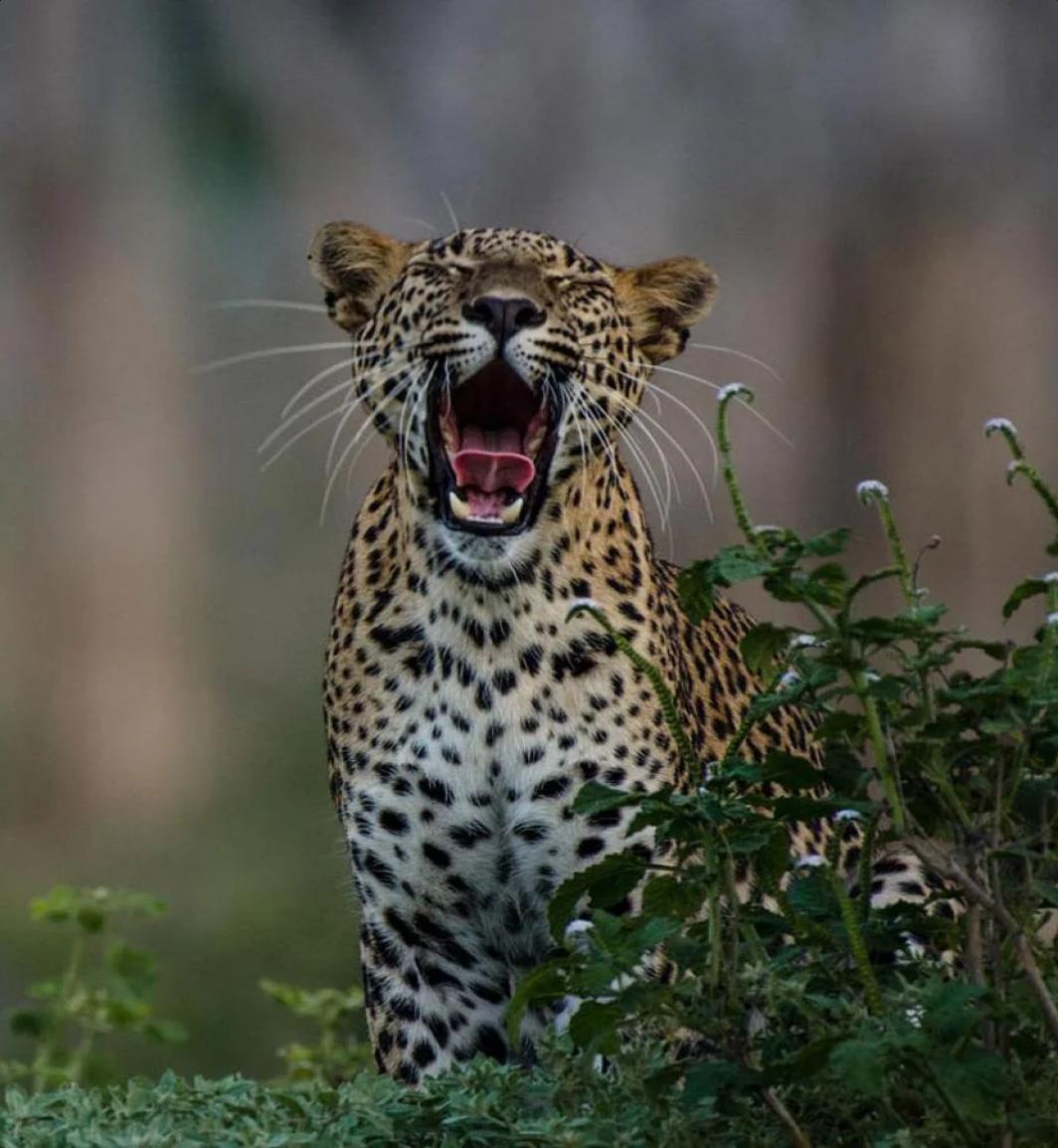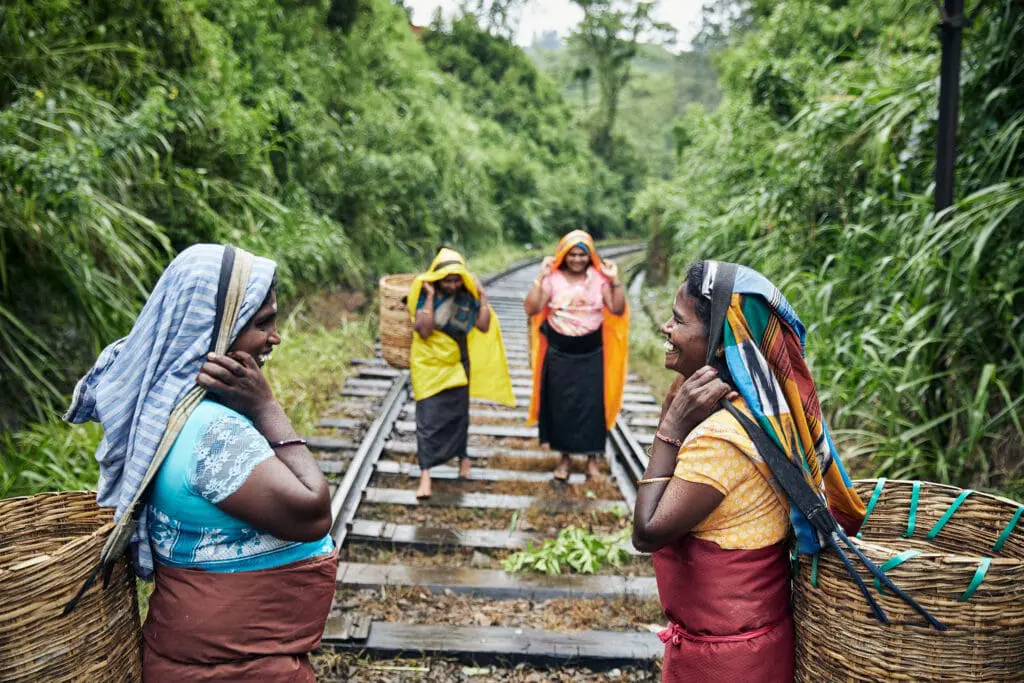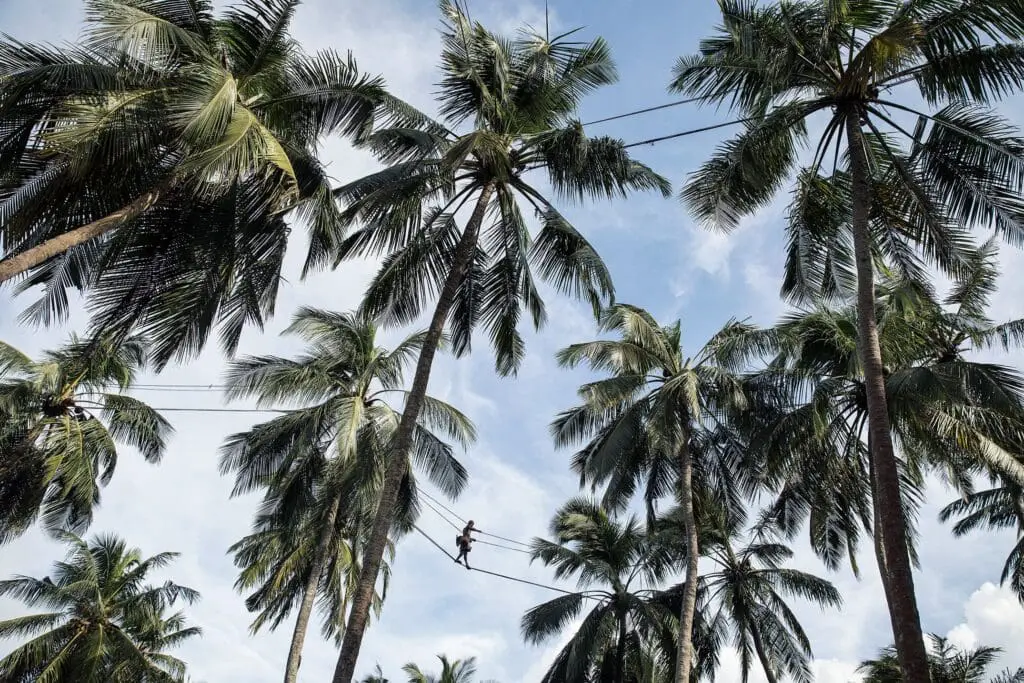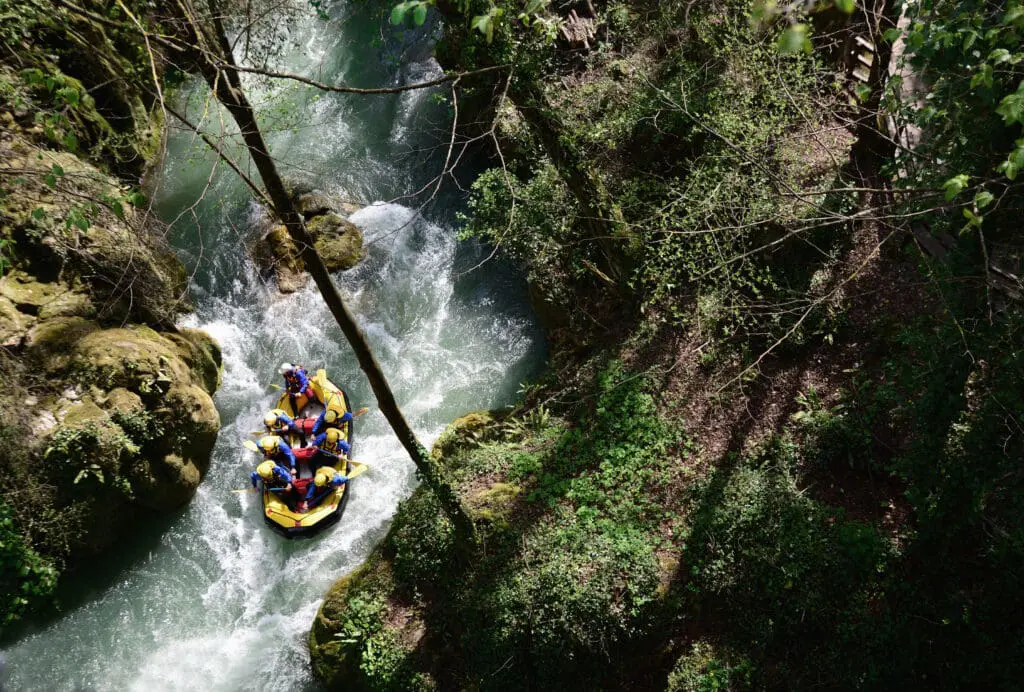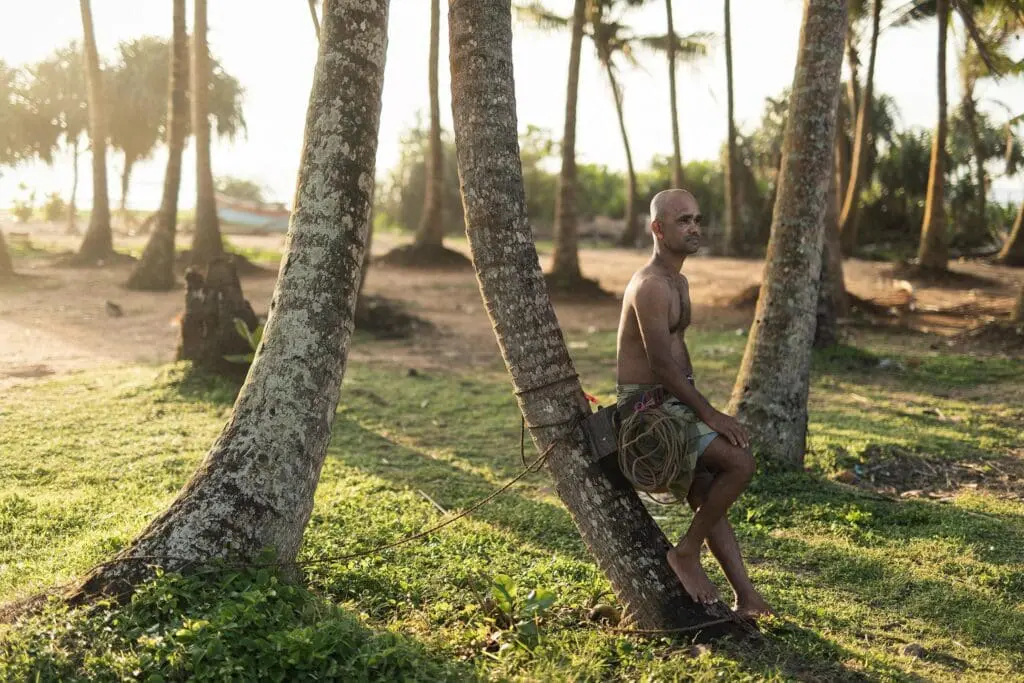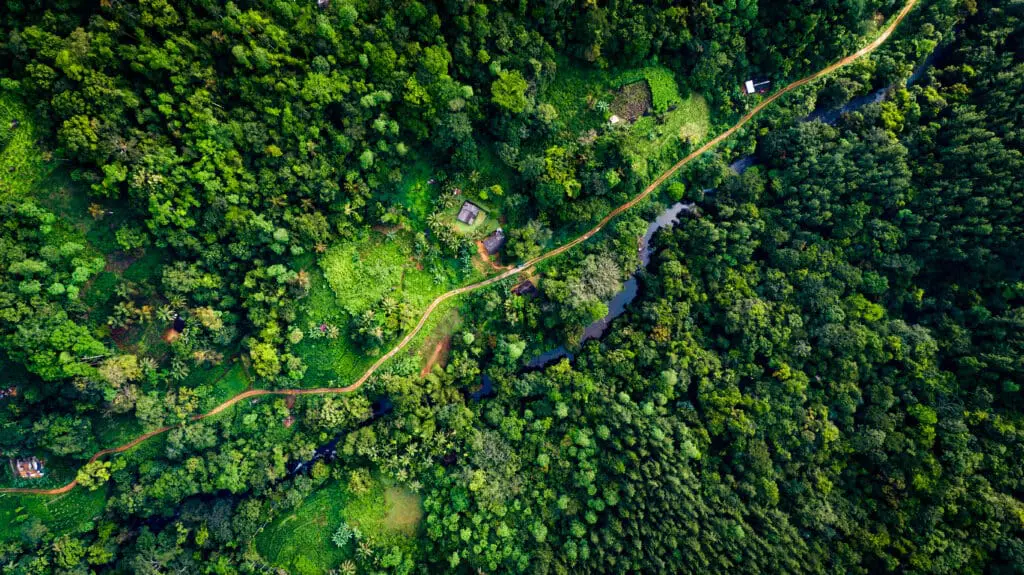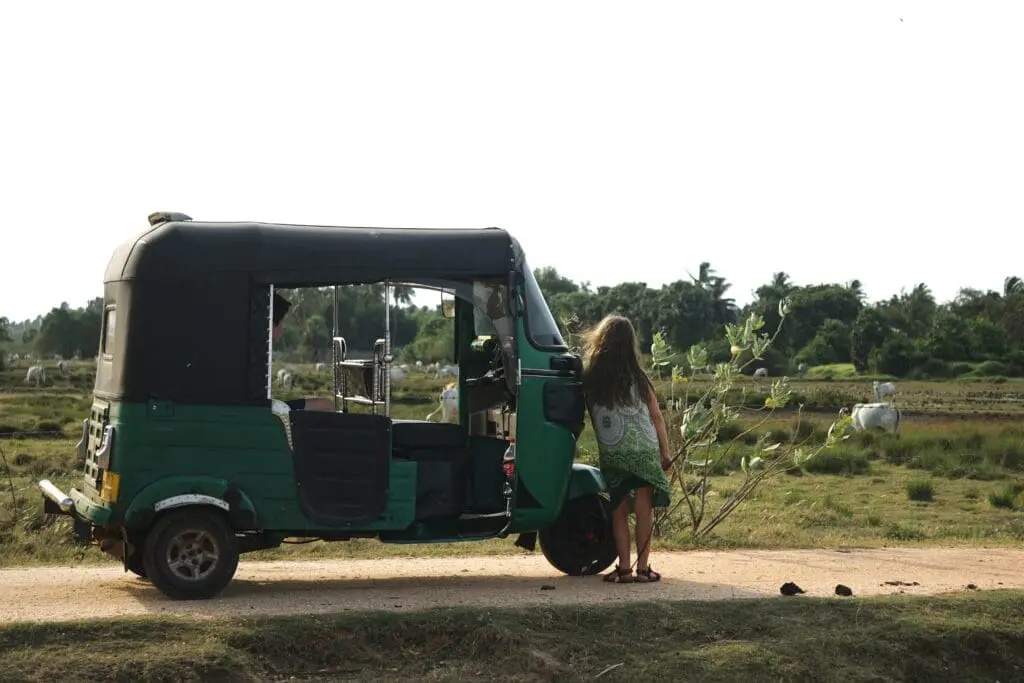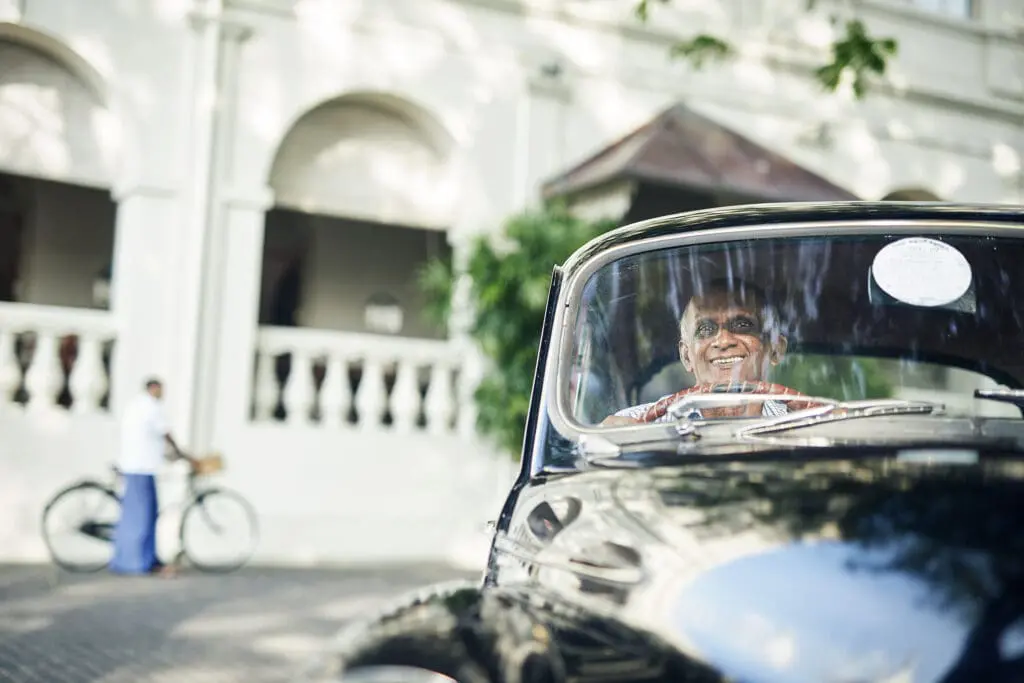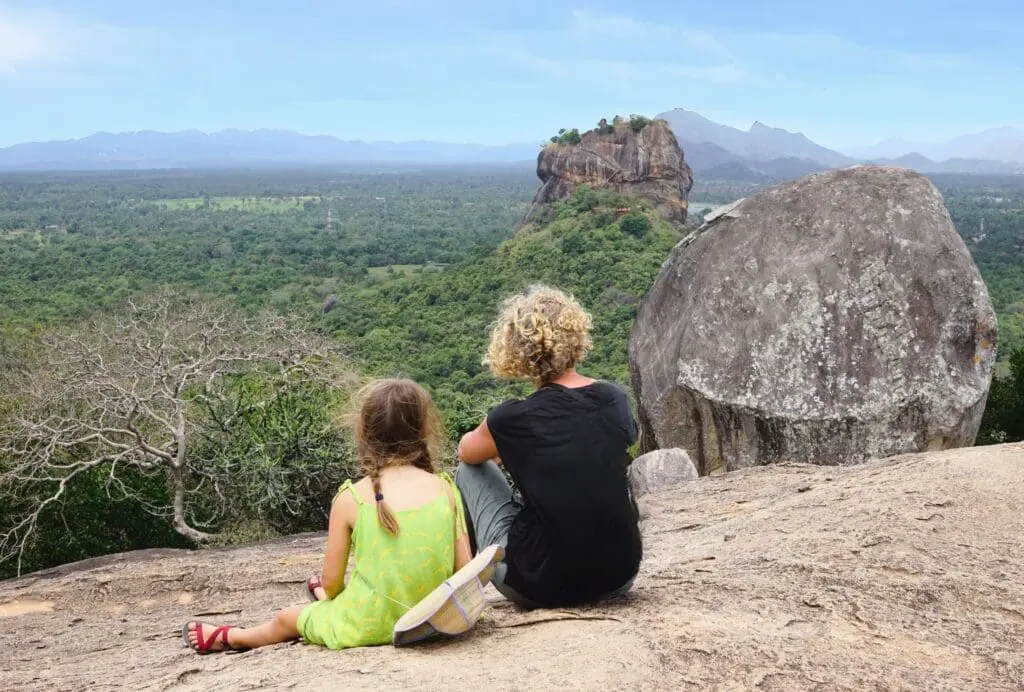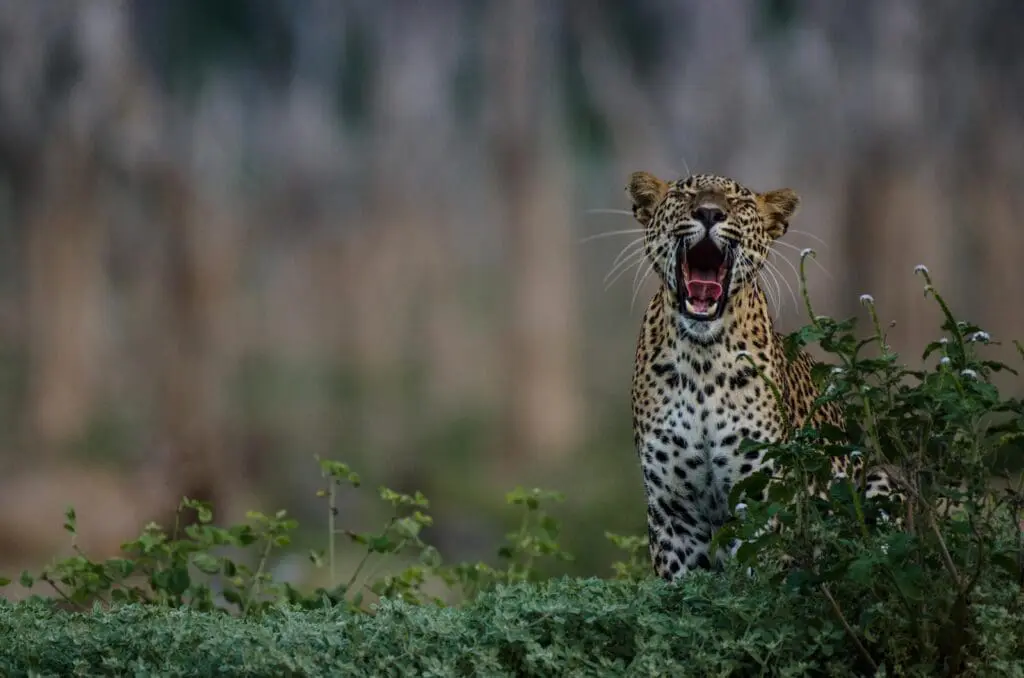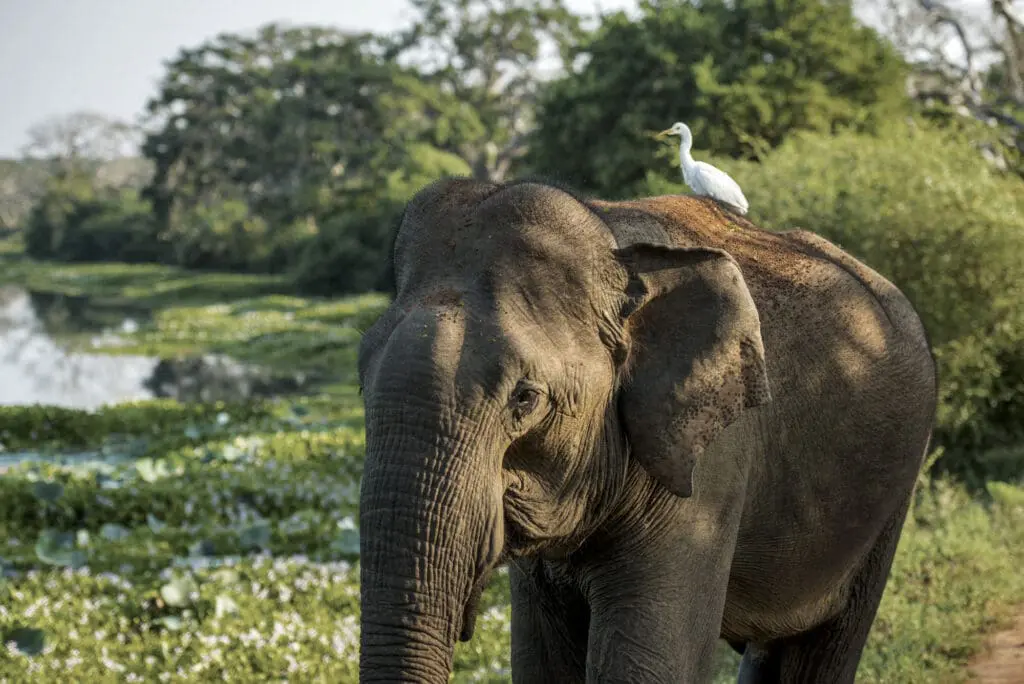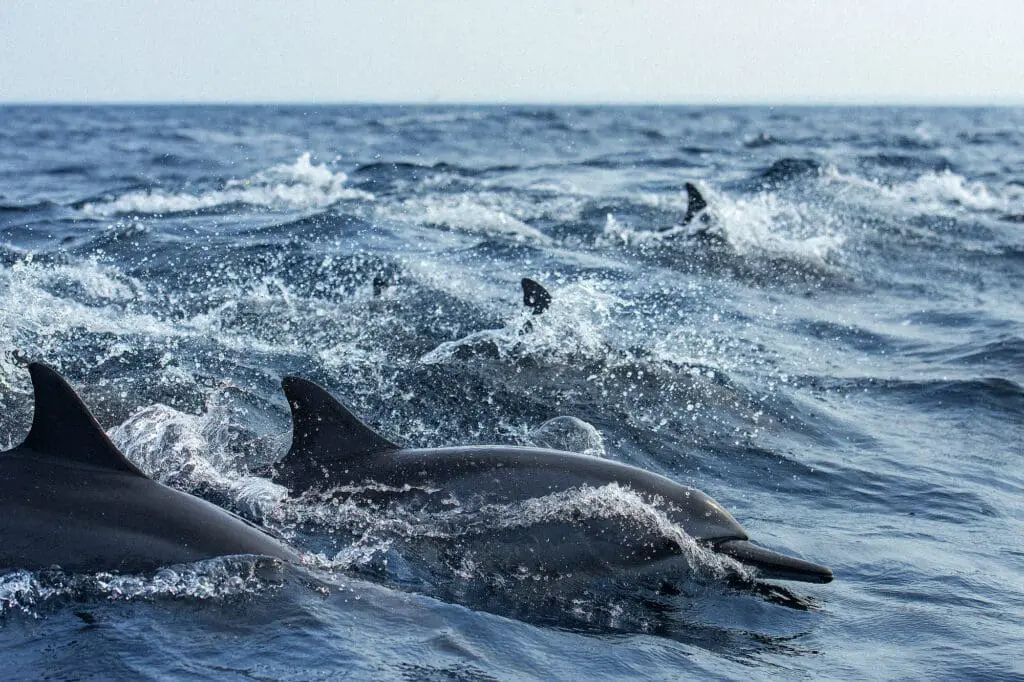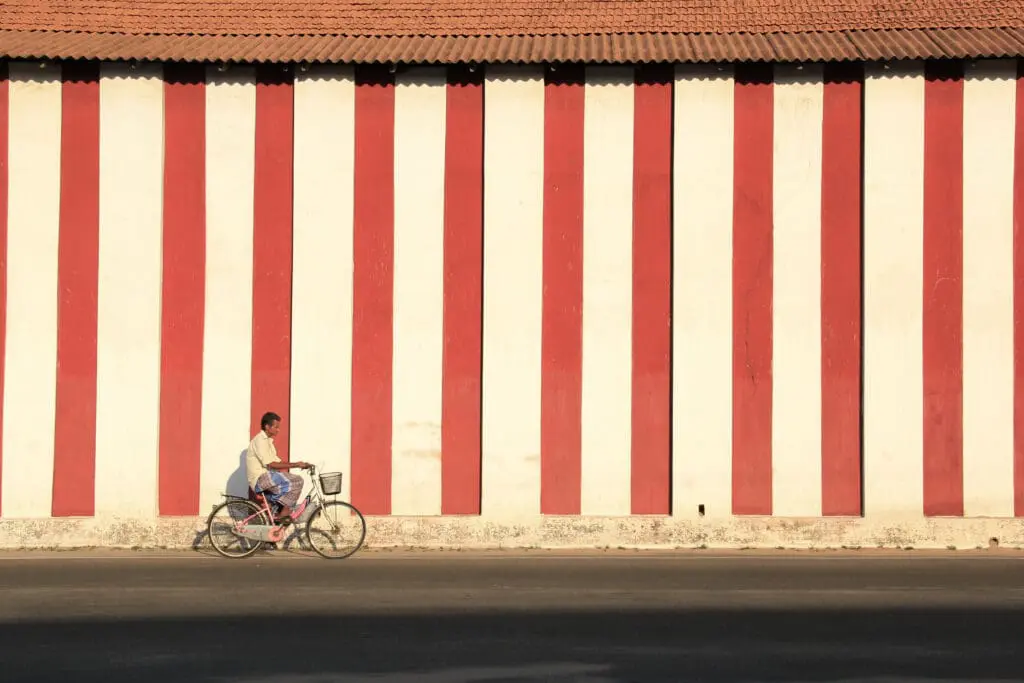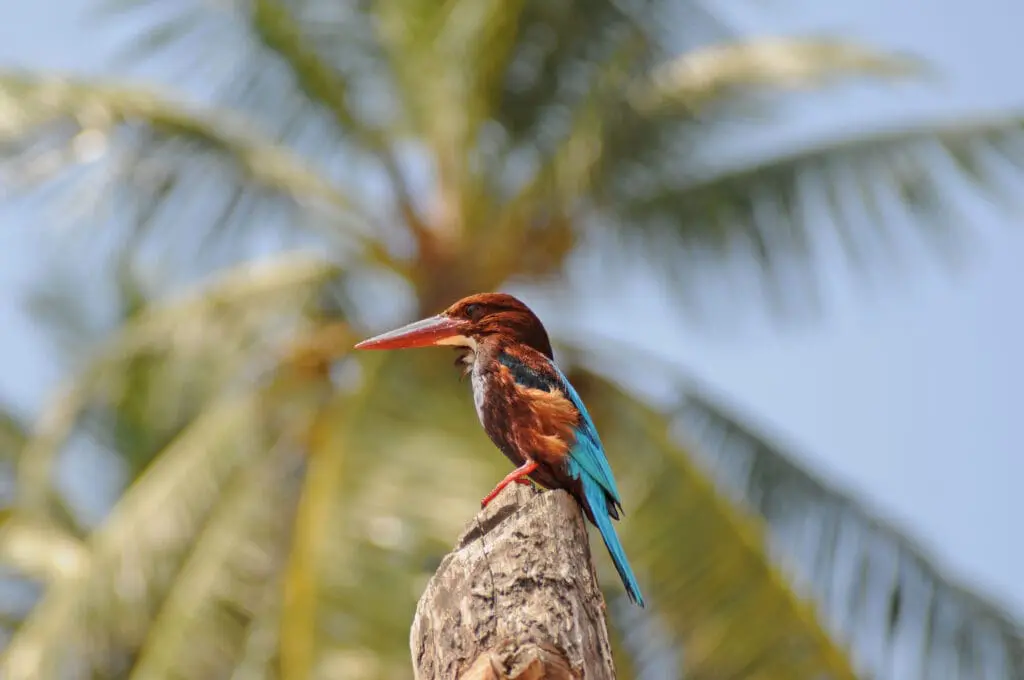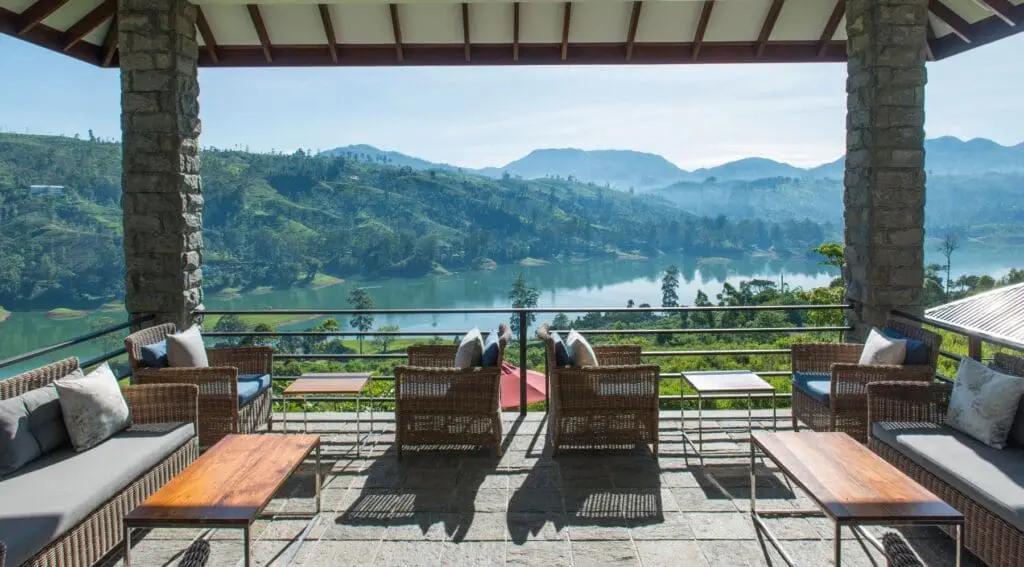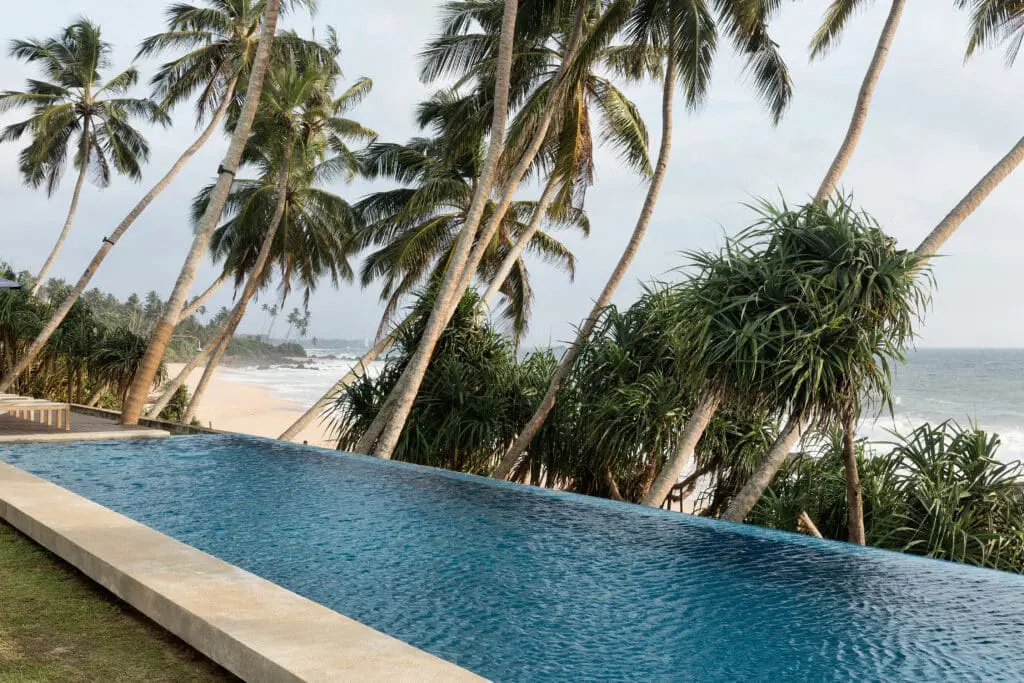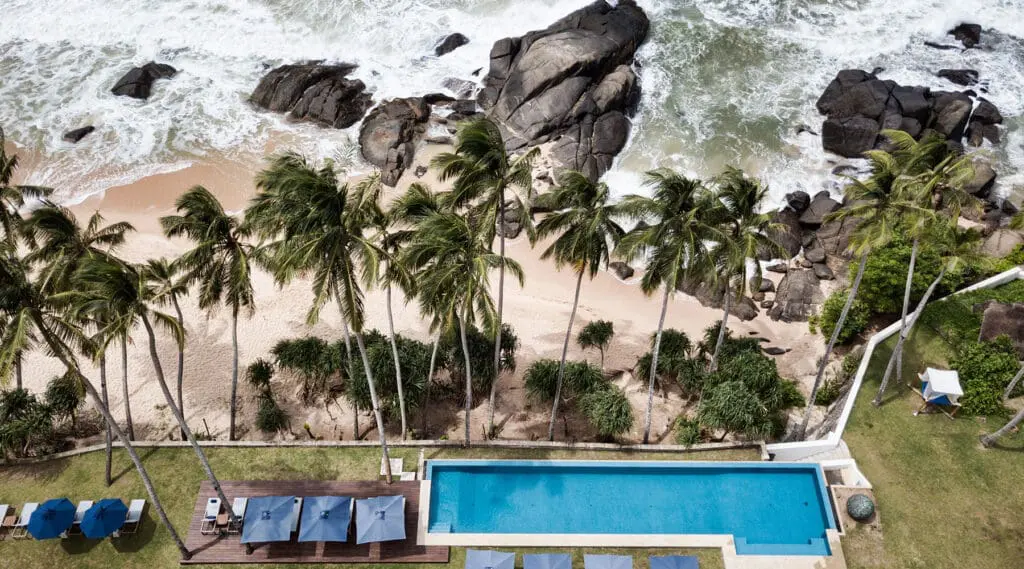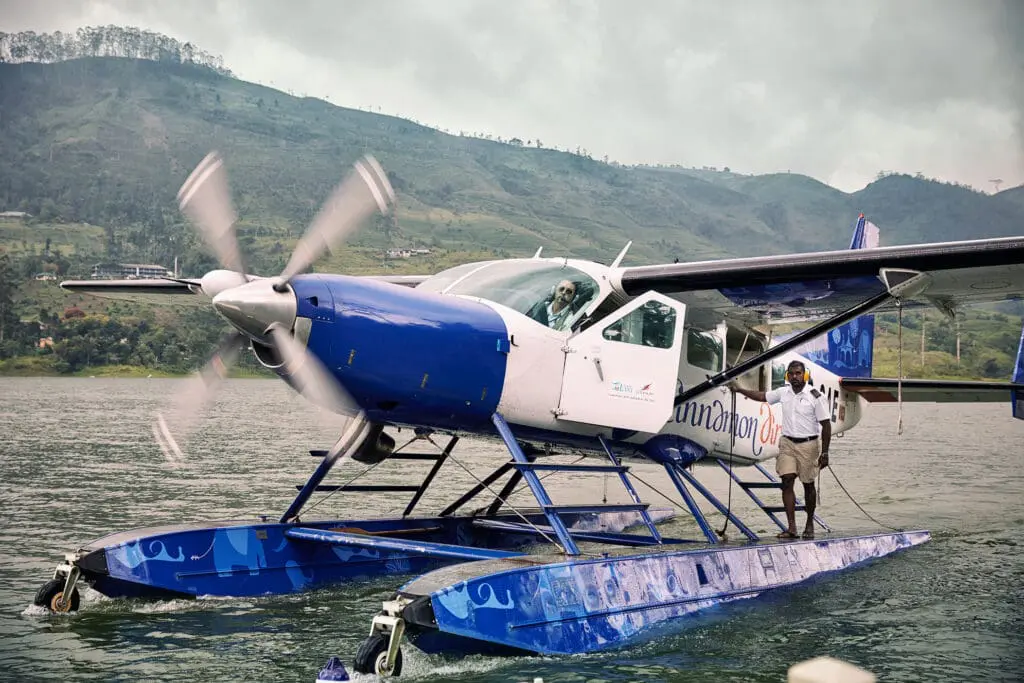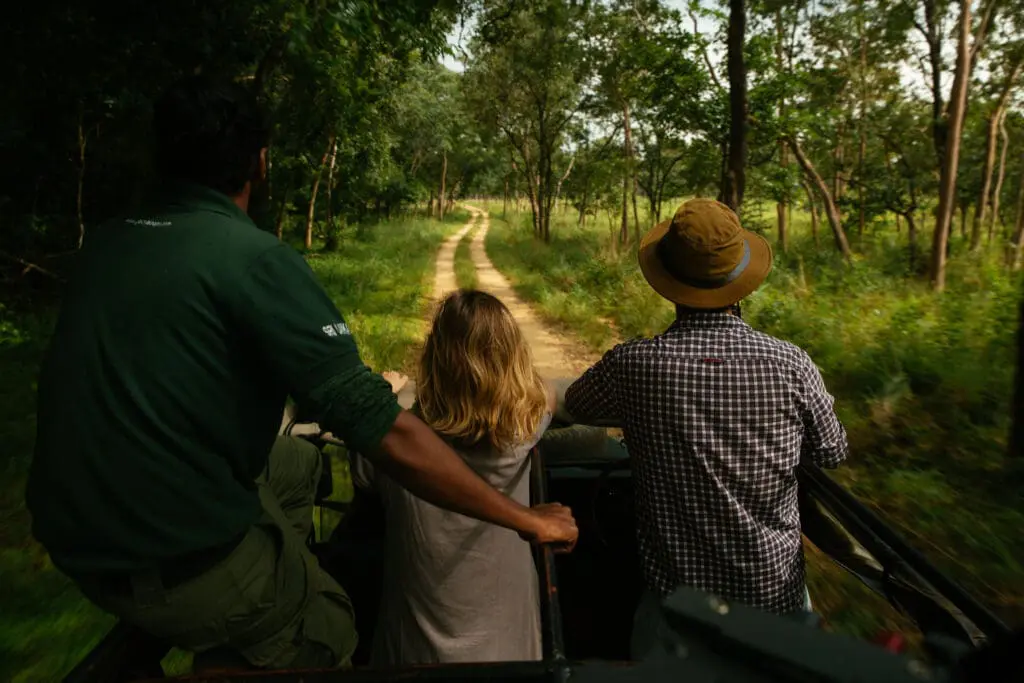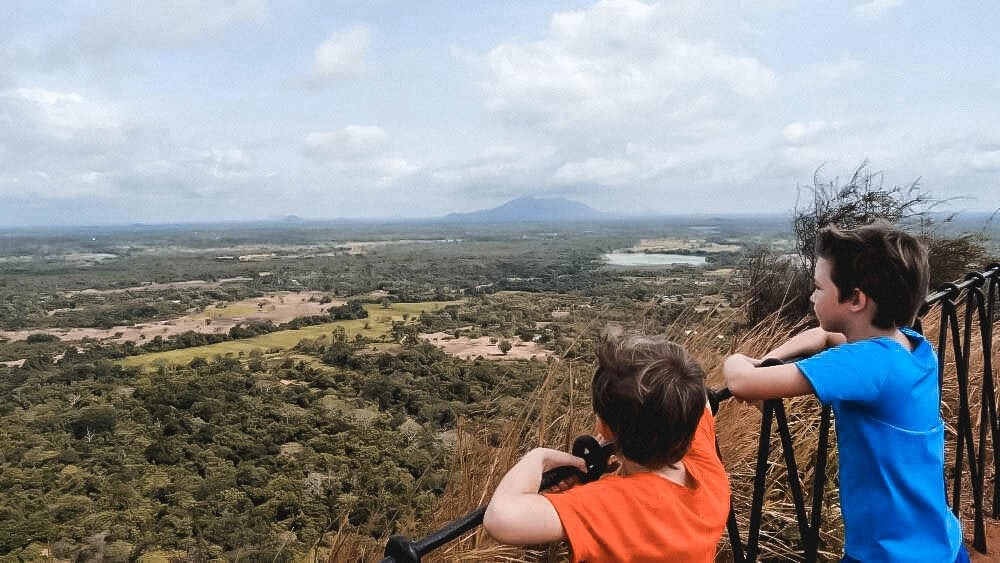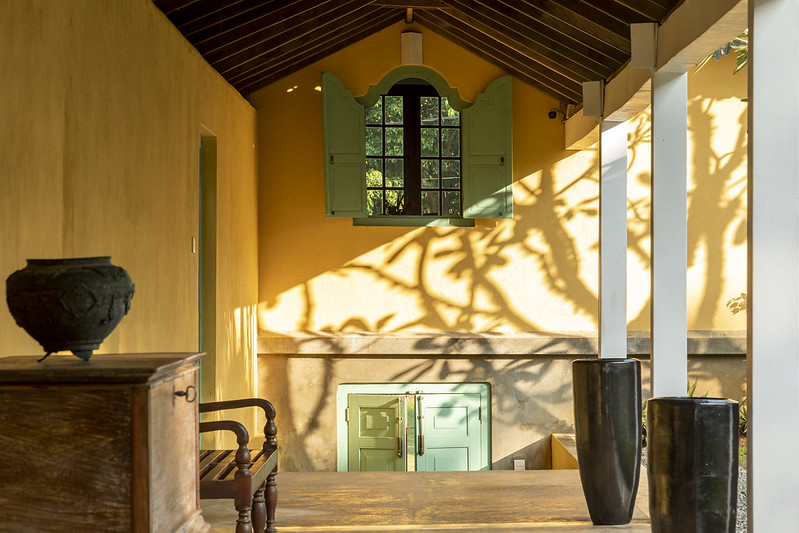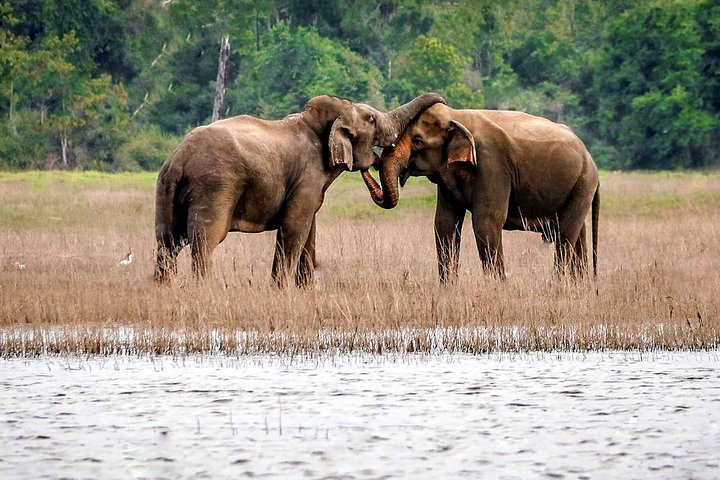


Spanning an expansive 58,850 hectares, Maduru Oya National Park lies in Sri Lanka’s central-eastern dry zone and is most easily accessed from the towns of Polonnaruwa or Batticaloa.
Designated a national park in 1983, it was created to safeguard the immediate catchment zones of five reservoirs developed under the Accelerated Mahaweli Development Programme. Today, it serves as an important refuge for a wide range of wildlife, with Asian elephant herds as its most iconic residents. The landscape here is shaped by red soil plains, tropical dry mixed evergreen forests, and wide stretches of secondary vegetation formed from past chena cultivation. The region’s dominant geological feature—a striking 8km range of rocky mountains—adds to the drama and beauty of this remote terrain.
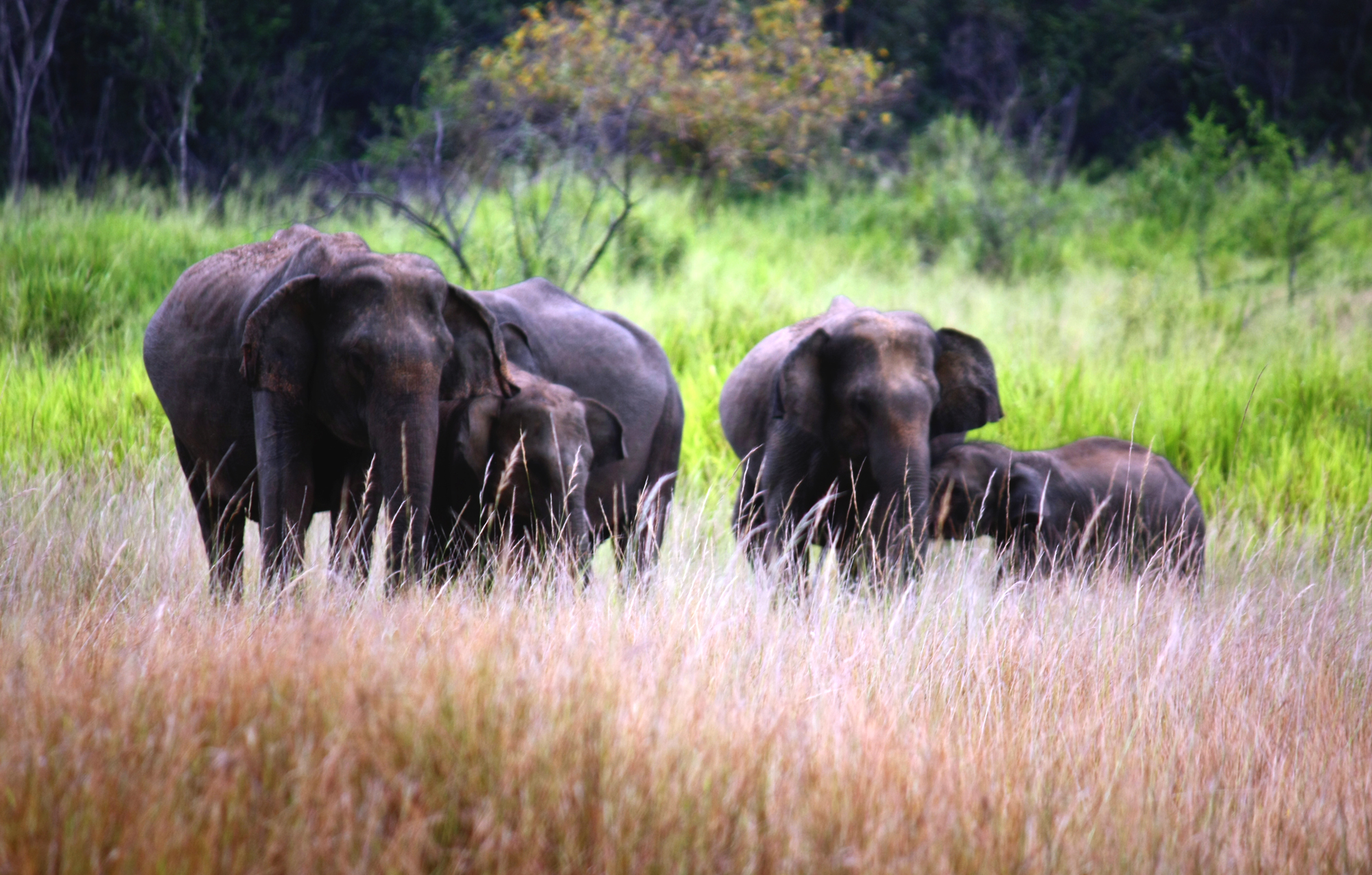


Wildlife viewing in Maduru Oya is rewarding, with highlights that include elephants, leopards, sloth bears, jackals and toque macaques, alongside diverse aquatic bird species such as grey pelicans, sea eagles and painted storks. In total, the park supports a healthy population of both endemic and migratory birds, as well as forest dwellers like the black-hooded oriole and shama. Yet Maduru Oya’s appeal goes beyond nature alone. The park shelters numerous ancient Buddhist ruins, shrines and dagobas, plus early Brahmi inscriptions dating back to the 1st to 3rd centuries BC. This region is also closely linked to Sri Lanka’s indigenous Veddha people, believed to be descendants of King Vijaya and Queen Kuweni. Best explored between March and September, when dry weather draws animals to waterholes, Maduru Oya makes for an immersive day trip from Batticaloa, Pasikudah or Polonnaruwa.
